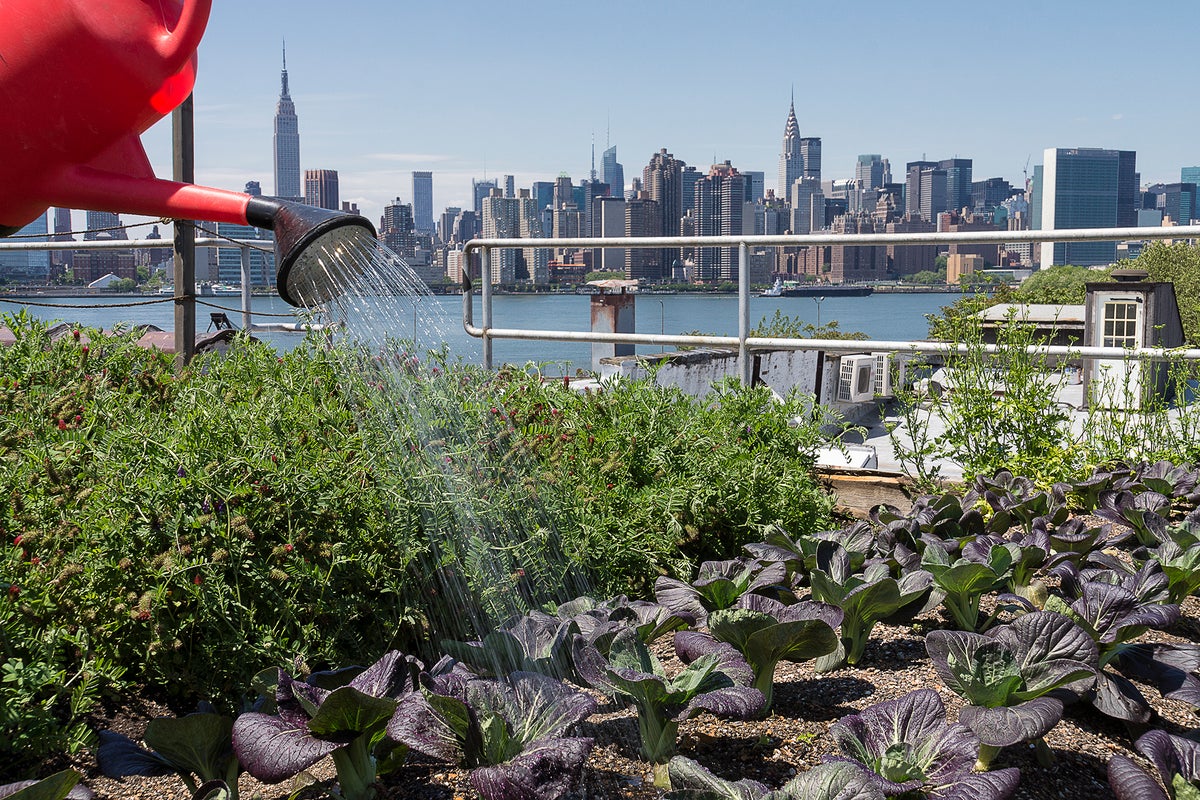The Basic Principles Of City Blooming
Table of Contents7 Simple Techniques For City BloomingAll about City BloomingThe Greatest Guide To City BloomingCity Blooming Fundamentals ExplainedRumored Buzz on City Blooming
Fascinated in expanding food available in the City of Chicago? Thinking of starting a neighborhood yard? Modifications to the Chicago Zoning Ordinance permit farming usages like neighborhood gardens and urban ranches in several parts of the city. Below is a checklist of regularly asked questions concerning the regulations and policies that growers ought to think about when planning an urban agriculture task.
The zoning amendment does not change any kind of other codes managing composting, building permits, purchasing or leasing City possessed property, organization licenses or ecological contamination. There are existing codes that control these problems and they stay in full result and may apply to your task. Community gardens are typically had or handled by public entities, civic companies or community-based companies and preserved by volunteers.
Urban ranches expand food that is planned to be offered, either on a not-for-profit or for-profit basis. Due to their business objective, city farms require an organization permit.
Some Known Facts About City Blooming.
Composting is enabled yet just for plant product that is created and used on website. The quantity of compost product can not exceed 25 cubic yards at any kind of given time according to the standards in 7-28-715 of the City's Municipal Code. Yes. Because the dirt at a lot of new yard sites needs changing, garden compost, dirt, wood chips, or other products can be acquired to create or improve the expanding area - indoor plants.

If a building authorization is called for then the hoophouse will certainly be considered an accessory building. You can figure out more regarding the structure permit needs by speaking to the Division of Buildings. The 25,000-square-foot dimension limit is meant to prevent a solitary area garden from controling a provided block or interfering with the block's existing property or business character.
The restriction does not apply to yards found in Public Open Area (POS) districts. Can there be even more than one neighborhood yard that is 25,000 square feet on a solitary block? Secure fencing is not required, however, gardens that have huge parking areas may be called for to set up fence or various other landscape design attributes.
Not known Facts About City Blooming
B1 & B2 areas call for that all business usage tasks be carried out inside your home. Is fence required for urban ranches? Fencings may be called for, along with landscaping and screening, for specific parking areas and exterior work or storage space areas depending on area and the details task taking area.
Yes. Urban ranches call for structure authorizations and zoning approvals before construction. Various other forms of city testimonial may be called for relying on specific frameworks, activities, dimension, landscaping, licensing, public health and stormwater management problems. A lot of these demands are recognized in the project layout or allowing procedure, nonetheless, the applicant may be responsible to separately identify details licenses or permits that might be called for.
The Division of Company Matters and Customer Defense can help establish the particular kind of company permit that's required. Off street auto parking is required for the majority of business tasks in Chicago. The required number of car parking areas is based on the number of staff members functioning on website and not the square footage of the growing room.
Some Known Factual Statements About City Blooming

Yes. An urban ranch can market garden compost material generated on site, nonetheless, the procedure must adhere to the guidelines in visit site 7-28-715 of the Chicago Municipal Code. Yes. Aquaponic systems are enabled inside your home on metropolitan ranches in several zoning areas. Nevertheless, a zoning review and building license is called for in order to mount structures or systems and a company license is called for as described over.
Approximately 5 hives or nests of honey may be kept as an accessory usage. Beekeepers should register with the Illinois Department of Farming. To learn more regarding the proposed zoning amendment you might speak to the Division of Housing and Economic Development, Bureau of Preparation and Zoning at 312.744.8563.
Farming in cities and urban locations A city ranch in Chicago. Urban farming refers to different methods of growing. https://allmyfaves.com/cityblooming?tab=City%20Blooming, handling, and dispersing food in city areas. The term likewise uses to the location activities of animal husbandry, aquaculture, beekeeping, and gardening in a metropolitan context. Urban agriculture is differentiated from peri-urban agriculture, which takes area in country areas beside suburbs.
Our City Blooming Statements
, that look for to form social networks established on a common values of nature and area holism. These networks can develop by means of official institutional assistance, becoming integrated right into local town preparation as a "shift community" movement for sustainable urban advancement.
In either case, the much more straight access to fresh vegetable, fruit, and meat items that might be understood with city agriculture can improve food safety and security and food safety while decreasing food miles, leading to reduced greenhouse gas emissions, thus adding to environment adjustment mitigation. Several of the first evidence of city agriculture originates from Mesopotamia.